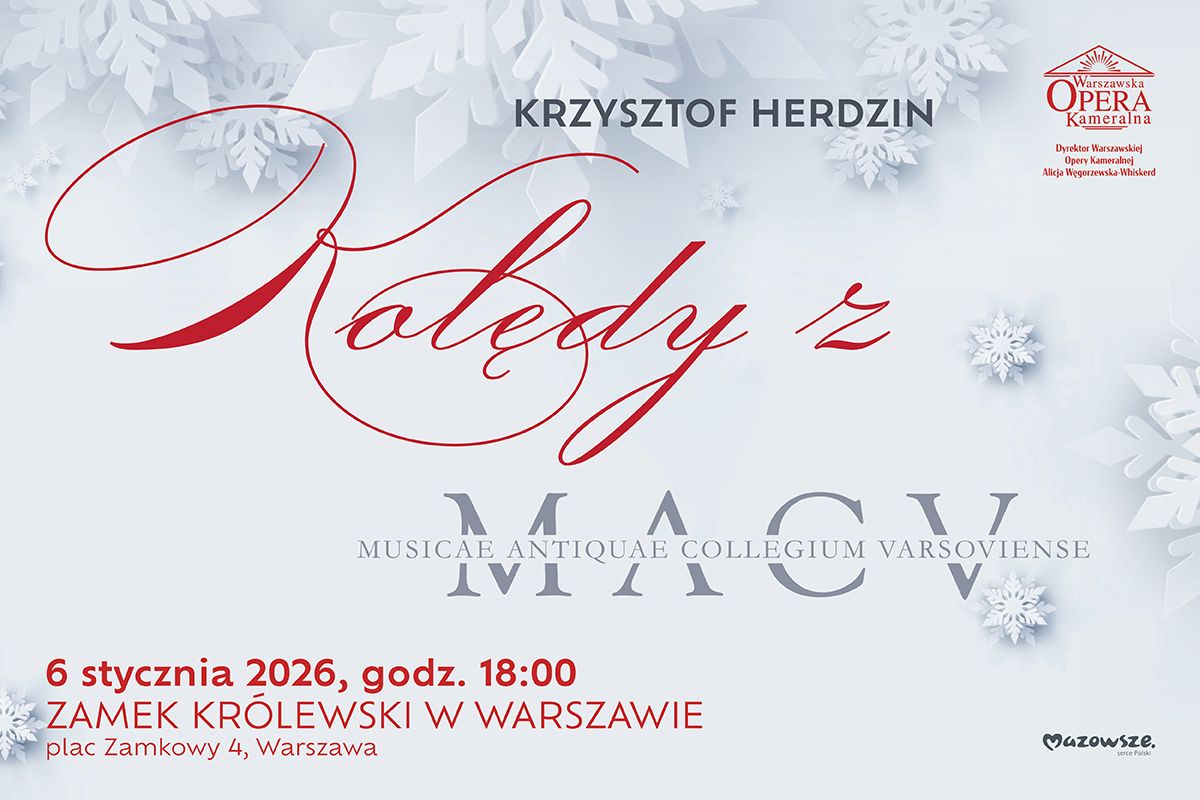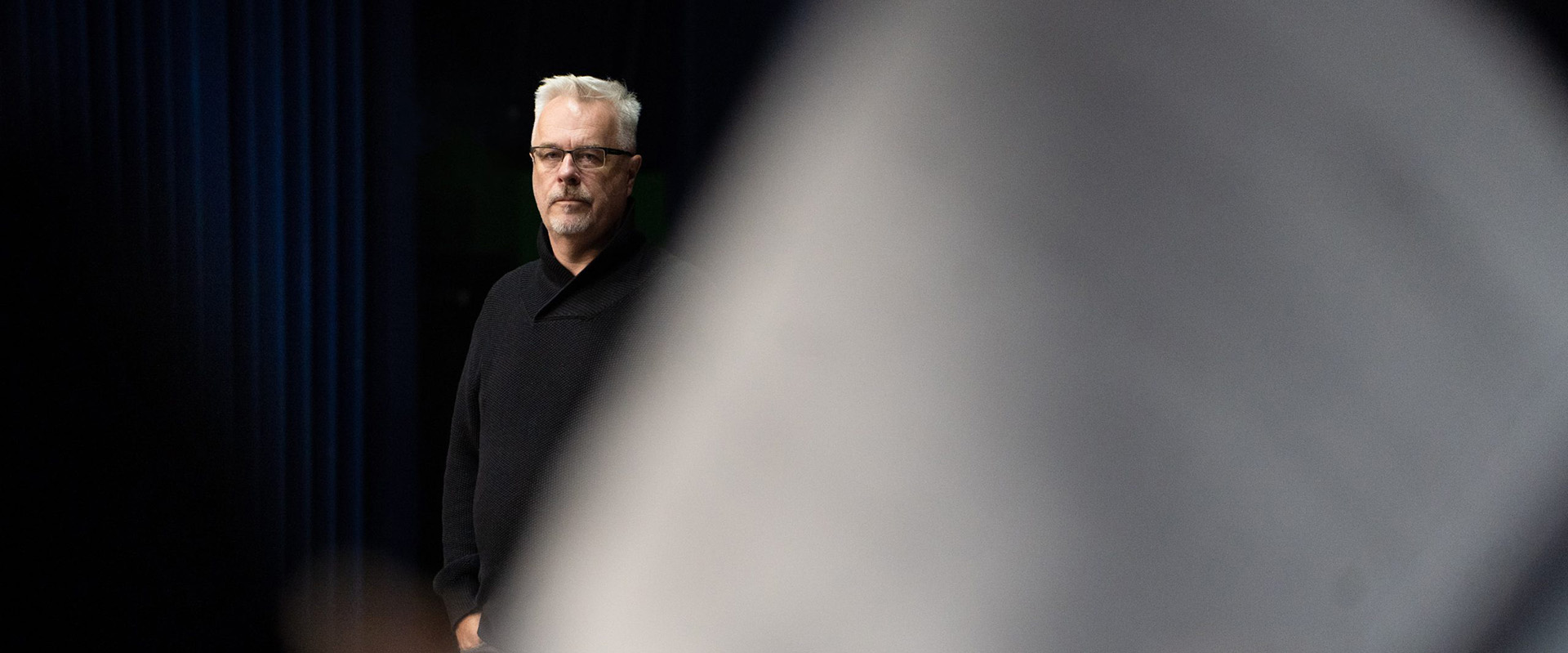 Five questions before the premiere of “Pagliacci” and “Cavalleria rusticana” for… director Michał Znaniecki
Five questions before the premiere of “Pagliacci” and “Cavalleria rusticana” for… director Michał Znaniecki
“Pagliacci” by Leoncavallo and “Cavalleria rusticana” by Mascagni – these two operas directed by Michał Znaniecki open on May 10 at the Podlasie Opera in Białystok. Michał Znaniecki talks to Magdalena Sowińska about working on the production.
Magdalena Sowińska: It is not the first time you have directed “Pagliacci” and “Cavalleria rusticana”…
Michał Znaniecki: That’s true, I have reached for the two titles on more than one occasion. In fact, I have produced the same opera twelve times – in different countries, theaters, for different audiences. “Pagliacci” is one of the scores I frequently revisit. It allows me to open many interpretative directions every time I work with it. It talks about feelings hidden behind the mask, but it is also about the value of theater, its importance in our civilization. Every single time, in every era, great emotions are involved, posing great challenges for the director. “Pagliacci” and “Cavalleria rusticana” are usually staged together. It is a kind of tradition to present composers from the same era, the same area of exploration, or the historical moment itself, the evolution of opera towards verismo.
Both operas were composed for a competition.
Yes, that’s why they had certain limitations. But once they had taken the stage, new fragments were added, the originals were updated. To this day, they exist in versions revised either by the authors or their successors, students, with subsequent versions significantly departing from the original approach.
Has the opportunity to work with the original score prepared especially by the Bärenreiter publishing house changed your approach to these works in any way?
After so many years, it has been the great pleasure, but also the great responsibility to work with the original scores: the fundamental concepts of both composers. It is a challenge to show how the operas were stripped of the “ornaments” added over time.
Last season, we saw “Easter Diptych” you directed for the opera in Białystok, where the characters from “Via Crucis” and “Cavalleria rusticana” interpenetrated from one work to another. Now you juxtapose the Mascagni’s work and “Pagliacci”.
There is tragedy in both works, there are emotions and feelings that tear the characters apart. Showing the two titles together is also interesting for a different reason – they were both created for a competition. They were the end results of the process of searching for characters and their truths. In the new staging, they will interpenetrate, as was the case in the previous combination of both parts of the “Easter Diptych”. I feel it is my duty as the director – after all, we are showing the complete spectacle – two titles on one evening. The characters from “Pagliacci” will meet or will be embedded in “Cavalleria rusticana” in a slightly perverse way. I am convinced that’s what makes it so appealing – to find the connection every time. The audience needs to recognize the characters, not re-learn them.
What key do you use to open the two scores? What will you emphasize this time?
Accents should result from the music. From what the composer wrote down in the score. Additionally, I read archival documents from the era: letters, occasionally manifestos. Both scores are a certain manifesto of searching for the truth, searching for something new in opera. Set design, costumes or “dressing” the performance with some great visual additions are of lesser importance. The scenography for the show has been created by the unparalleled Luigi Scoglio. As always, it will be surprising and captivating, but, conceptually, it will not be brought to the foreground. The essence is to search for psychological truth, and I will focus on that.





